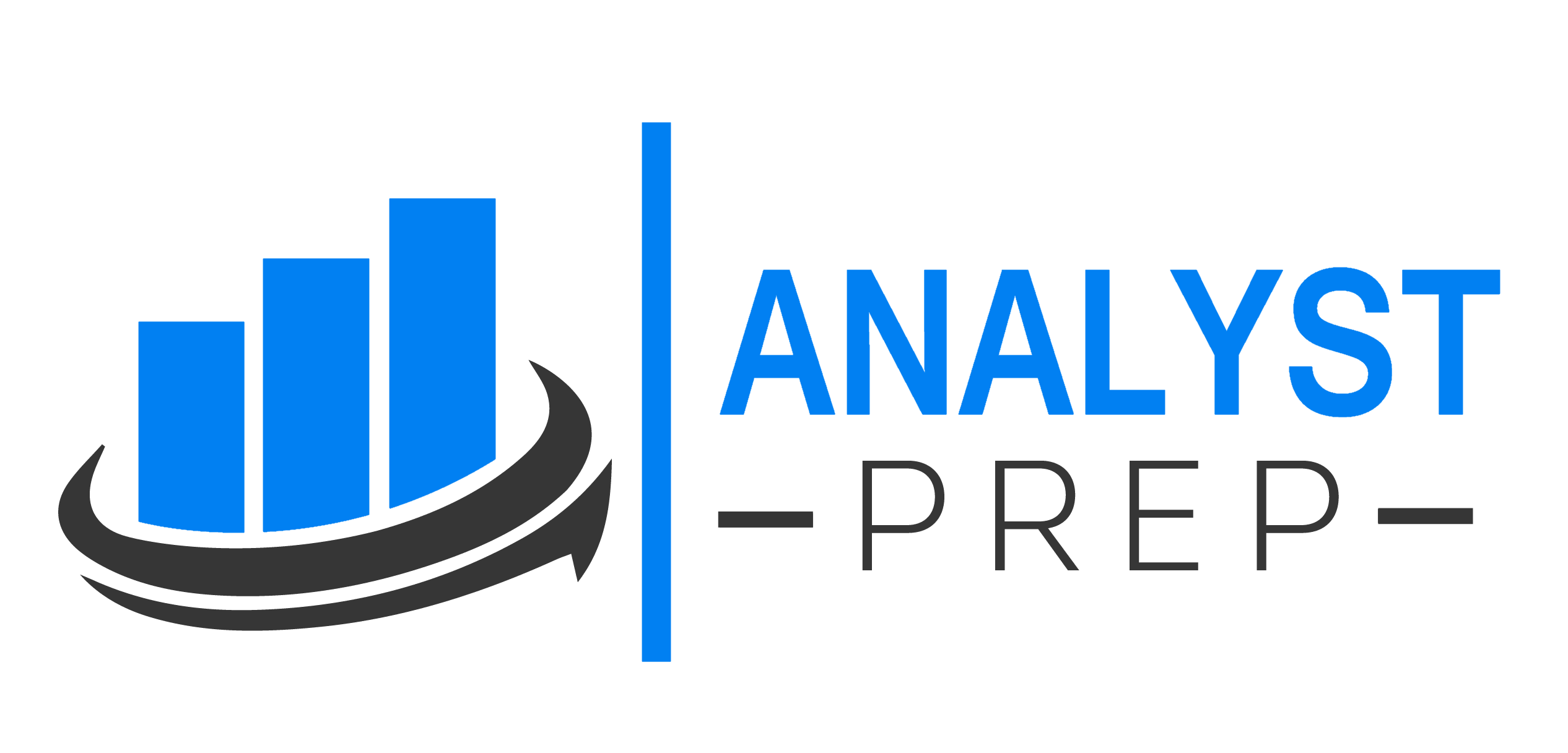Measures of Dispersion
[vsw id=”alD9eAT2lQU” source=”youtube” width=”611″ height=”344″ autoplay=”no”] Measures of dispersion are used to describe the variability or spread in a sample or population. They are usually used in conjunction with measures of central tendency such as the mean and the median….
Skewness
[vsw id=”alD9eAT2lQU” source=”youtube” width=”611″ height=”344″ autoplay=”no”] Skewness refers to the degree of deviation from a symmetrical distribution, such as the normal distribution. A symmetrical distribution has identical shapes on either side of the mean. Distributions that are asymmetrical have unequal…
Kurtosis and Skewness
[vsw id=”alD9eAT2lQU” source=”youtube” width=”611″ height=”344″ autoplay=”no”] Kurtosis refers to measuring the degree to which a given distribution is more or less ‘peaked’ relative to the normal distribution. The concept of kurtosis is very useful in decision-making. In this regard, we…
Arithmetic Mean Return Vs Geometric Mean Return
[vsw id=”alD9eAT2lQU” source=”youtube” width=”611″ height=”344″ autoplay=”no”] Both arithmetic return and geometric return are methods commonly used to calculate the yield on a given investment. However, the return that really matters is the geometric return, not the arithmetic return. A good…
Introduction to Probability: Definition of Terms
[vsw id=”hu47ZbsskEw” source=”youtube” width=”611″ height=”344″ autoplay=”no”] Probability is a measure of the likelihood that something will happen. We usually express probabilities as percentages, from 0 (impossible to happen) to 100% (guaranteed). In fact, we can express almost any event as…
Defining Properties of a Probability
[vsw id=”hu47ZbsskEw” source=”youtube” width=”611″ height=”344″ autoplay=”no”] Defining properties of a probability refer to the rules that constitute any given probability. They are outlined below.
Stating the Probability of an Event in Terms of the Odds for and Against the Event
[vsw id=”hu47ZbsskEw” source=”youtube” width=”611″ height=”344″ autoplay=”no”] Odds for and against an event represent a ratio of the desired outcomes versus the field. In other words, the odds for an event refer to the ratio of the number of ways the…
CFA® Level 1 Study Notes – Derivatives
Study Session 16 Reading 48 – Derivative Markets and Instruments – LOS 48a: define a derivative and distinguish between exchange-traded and over-the-counter derivatives – LOS 48b: contrast forward commitments with contingent claims – LOS 48c: define forward contracts, futures contracts,…




